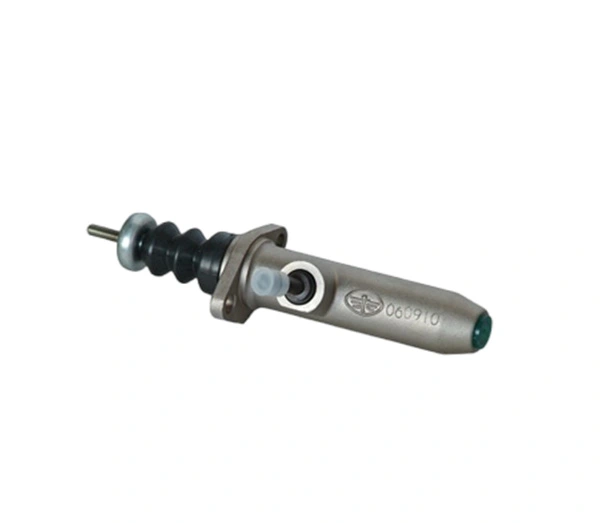
QCM001 Clutch Master Cylinder works well for automobile clutch
Buy Clutch CylinderSmooth Gear Shifting:
A clutch cylinder enables precise control over the clutch engagement and disengagement process, resulting in smooth and seamless gear shifts without jarring or grinding.
Reduced Driver Effort:
The hydraulic action of the clutch cylinder reduces the effort needed to press the clutch pedal, making driving more comfortable and less fatiguing, especially in heavy traffic.
Enhanced Clutch Life:
Proper clutch engagement facilitated by the clutch cylinder helps prolong the lifespan of the clutch components, reducing wear and tear and the need for frequent clutch replacements.
Improved Fuel Efficiency:
Accurate clutch control allows for efficient gear changes, optimizing engine power delivery and enhancing fuel efficiency, which is particularly beneficial during city driving and stop-and-go traffic.
Better Driving Experience:
The precise and responsive operation of the clutch cylinder contributes to an overall better driving experience, providing greater control over the vehicle's power transmission and responsiveness.
A clutch cylinder operates on the principles of hydraulic pressure and fluid transmission to facilitate smooth engagement and disengagement of the clutch in a manual transmission vehicle. When the driver presses the clutch pedal, it activates a master cylinder, which converts the mechanical force into hydraulic pressure. This pressure is transmitted through a fluid-filled line to the slave cylinder located near the clutch mechanism. The slave cylinder's piston is pushed, transferring the pressure to the clutch release fork.
This action separates the clutch plate from the flywheel, disengaging the engine's power from the transmission. Releasing the clutch pedal allows the hydraulic pressure to return to its original state, aided by return springs, resulting in the re-engagement of the clutch.
This system ensures precise and consistent control over the clutch, enabling seamless gear shifting and optimal power transmission during driving.